Every year, millions of infants are born preterm, and many require vigilant monitoring in a Neonatal Intensive Care Unit (NICU) to ensure their healthy development. A key indicator of a newborn’s health is heart rate variability (HRV), which provides crucial insights into the maturity and stability of their autonomic nervous system. Traditionally, monitoring HRV required adhesive electrocardiogram (ECG) electrodes attached to a newborn's fragile skin, often causing discomfort, skin damage, and disruption of crucial sleep cycles.
Recent advances in camera-based photoplethysmography (camera-PPG) offer a revolutionary, non-contact alternative. This technology provides reliable HRV data without ever touching the infant. Building on these scientific breakthroughs, the iBaby i20 baby monitor integrates Yobi-PPG™, an advanced camera-PPG technology, becoming the first consumer-grade solution to bring NICU-level monitoring accuracy into the home.





